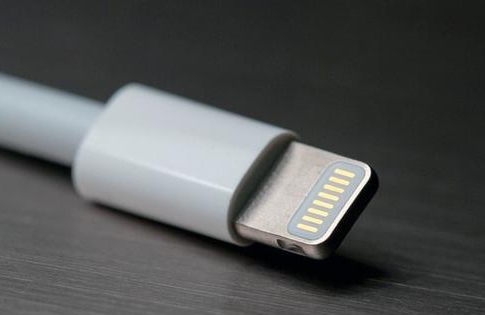What is the relationship between the charging speed of a smartphone and the charging interface?
Nowadays, technological progress is faster and faster, and the configuration and performance of mobile phones are getting higher and higher. In order to improve performance, some impractical functions have been castrated. Commonly used mobile phone charging interfaces are Mini USB, Micro USB, Type C, and Lighting. The first is the oldest interface, and the one I have used the most. When I talk about it, I think of it 15 years ago. Buy MP3.
The USB interface is a universal serial bus standard jointly launched by Intel and Nokia in 1996. The speed of the first generation is very slow, only 1.5MB / S. At that time, due to the few people who used and adapted equipment Rarely, no one cares about this new gadget.
By the second generation, the development of the USB interface was like a roller coaster, as if remembered by people at once; the speed of USB 2.0 reached 60MB / S. Thanks to the popularity of printers at that time, this interface was used in a large number of printers. Later, computers entered thousands of households, and the USB port of the host became a channel for people to transfer data and connect to external hardware.
The mobile phone USB interface was also used in the USB 2.0 era. At that time, MP3, MP4 and button mobile phones all used the Mini USB interface. This interface supports hot swapping and can be disconnected without shutting down, which greatly facilitates people's daily use. ; And since the popularization of USB, you will find that USB interfaces are everywhere, computers, chargers, mice and keyboards, etc., all of which adopt the USB standard, which is convenient and efficient to connect. I think speed should be one of the reasons for its widespread popularity Right!

Micro USB was also developed in the USB 2.0 era. In 2007, major mobile phone manufacturers formed a mobile open alliance and launched the Micro USB standard. This interface is 30% smaller than the previous generation, saving space and supporting blind insertion. The lifespan can be up to more than 10,000 times, but its shortcomings are also obvious, that is, the lifespan is very short, we often encounter situations such as loosening of the Micro USB interface and poor contact during charging, and its charging speed is very slow. Can not meet people's needs!
The new generation Type C interface standard was formulated in 2014, and was first adopted by manufacturers such as Xiaomi and Huawei on high-end machines; its biggest advantage is that it can be inserted in both positive and negative blinds, and its life is much higher than the previous generation. It supports fast For charging and high-speed data transmission, the USB 3.0 standard is adopted, the bandwidth can reach up to 400Mb / s, and the maximum support is 100W charging. These advantages make it come out new and become the best choice for mobile phone manufacturers. Most headphone manufacturers also use Type C interface, showing how outstanding its advantages are!
In the development of the mobile phone interface, Apple has not taken the usual path. Since the iPhone 5 era, they have adopted the self-developed LighTIng interface. This interface supports positive and negative insertion. It is common between Apple devices, but the biggest disadvantage is that it does not support fast. Charging, but it does not affect people's use at all, the LighTIng interface is common among Apple's ecological products. Mainly convenient.
In recent years, due to the increase in the battery capacity of mobile phones, the charging speed of mobile phones should also be faster and faster; the trend is that Apple has also adopted converters in recent generations of iPhones, converting Type C to LighTIng interface, and increasing the charging speed to 18W It has to be said that this is an advancement in technology, and it is also Apple's attempt to break the stereotypes and begin to consider the consumer experience!
In short, the continuous replacement of the charging interface in the past two decades has only one purpose, which is to develop in the direction of portability, charging speed and transmission speed. These three are the fundamental reasons for the development of the charging interface. If there is a more portable and faster interface in the future, I believe that it will also replace Type C as the choice of manufacturers. The application of Type C still has a lot of space. Now it is only popular on mobile phones. In the future, it will be used in various homes, mice and keyboards. And after it became popular on the printer, it was the "boss" of the interface industry.
If you want to know more, our website has product specifications for interface, you can go to ALLICDATA ELECTRONICS LIMITED to get more information

